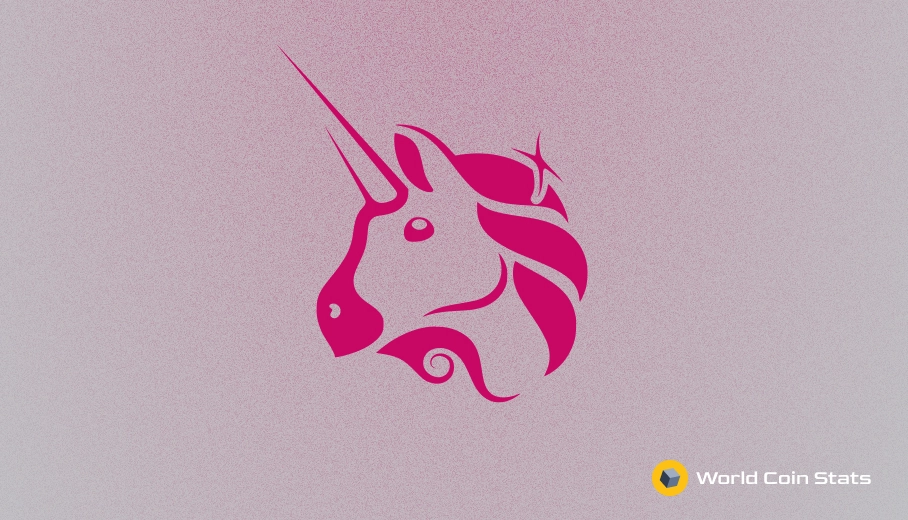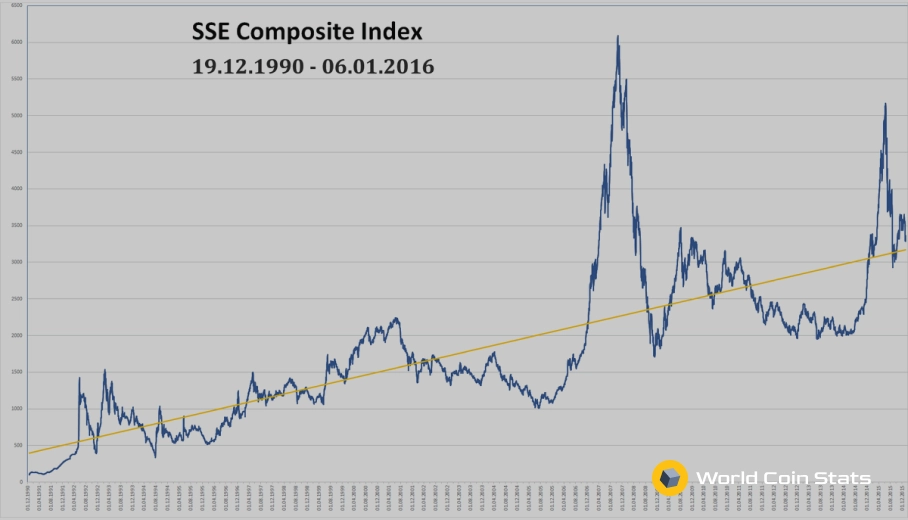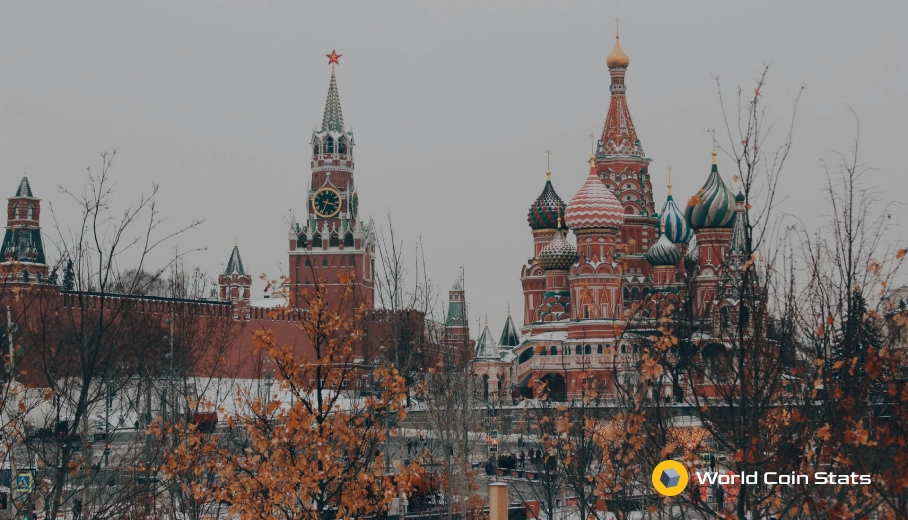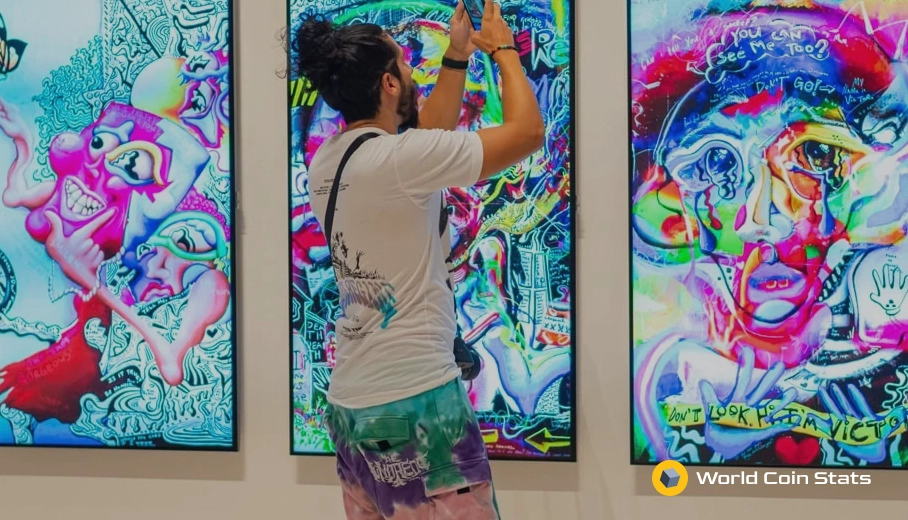Uniswap: The “OG” of decentralized exchanges
If you watched the Wall Street movie (1987) and dreamt of becoming a broker living off hefty trading commissions, Uniswap is here to make it true. Just not in the way you think.
Uniswap is a decentralized exchange, that is, an exchange that doesn’t do custody of the assets that you can trade. Unlike exchanges such as Coinbase or Binance which do provide custody and are effectively the owners of the tokens that are traded on their platforms, Uniswap doesn’t own anything. Every user connects with the exchange using a wallet such as Metamask and is able to trade the tokens in its wallet for others.
At what price will the trade occur? In a normal exchange, it is the organic matching of buyers and sellers at different prices what creates the price. Both Buy and Sell orders are grouped in an Order Book which displays the amount of token X that all the participants want to buy and the prices at which they are willing to do so. The same occurs in the Sell side. The price is continually set where both orders meet.
This system does not work well in a decentralized fashion because sending orders to the blockchain costs money and occupies space. A solution had to be found and this is where Automated Market Makers came in.
Machines versus humans
When you trade at Uniswap you are not trading against another human, you trade against a smart contract. Specifically, Uniswap uses a kind of Automated Market Maker (AMM) that can be defined as “constant”. This means that the smart contract you trade against follows the equation X*Y=K to create a price spectrum for token pairs per the available liquidity of these pairs.
For example, the Uniswap DAI/ETH pair. Here, DAI (X) supply decreases when the ETH (Y) supply increases, with the opposite being true. This way it preserves the constant of K, i.e the pool’s price of DAI. “When plotted, the result is a hyperbola where liquidity is always available, but at increasingly higher prices that approach infinity at both ends”, as the Chainlink team has explained.
Follow the money
Now that you understand how the trading takes place, you may be wondering what people are actually buying and selling. There are no funds under the custody of the exchange, therefore, the liquidity (the tokens) has to be made available by the users themselves. Therefore, there are two main ways of using a decentralized exchange: first, as a trader swapping assets and, second, as a liquidity provider. Without traders, you don’t need an exchange and without liquidity providers, you cannot exchange.
Uniswap launched in 2018 and it is fair to say it was a non-event until recently. The Compound protocol, a platform for decentralized lending, was the cause of Uniswap ascent.
Before the summer of 2020, Compound announced a liquidity mining program that would allow users to farm COMP tokens by borrowing and lending in Compound. This announcement kickstarted a “yield farming” craze that incentivized users to obtain all kinds of small capped tokens and use their own wallets to trade them. This was the perfect storm for Uniswap which saw its volume grow from $170m in April 2020 to $15bn in September 2020.
Two factors marked the explosive growth Uniswap experienced: The first one, liquidity farming; the second one, directly related to the first, Uniswap’s liquidity mining program.
Uniswap is a VC backed company at the center of a DeFi revolution and another protocol saw the opportunity here. And the opportunity was big, these are some metrics from Uniswap at this stage (August 2020):
Sushiswap, a fork of Uniswap, went after this opportunity creating the “vampire attack”. Its purpose was to drain the liquidity in Uniswap by enticing its liquidity providers with the possibility of becoming owners of their own exchange. Liquidity providers at Sushiswap were to obtain Sushi tokens which allowed them to participate in the governance of the protocol, something that was impossible in Uniswap.
This attack initially reduced the liquidity in Uniswap but was, in retrospect, very good news to Uniswaps size. In order to defend its position and fend off future potential attacks Uniswap launched UNI, its own governance token, and made it available to mine by providing liquidity in a few number of pairs. This move catapulted Uniswap’s assets to $2.2bn in October 2020. That is, $2.2bn of available liquidity to trade with and generate fees. And these fees could now accrue to the token holders.
This is how you become a broker in DeFi.
Fees for you and fees for Uniswap
So far in 2020 Uniswap has paid its LPs more than $60 million (30bps on all trades facilitated through Uniswap). Assuming Uniswap maintains its current YTD pace, it could end up distributing over $80 million in fees to LPs in 2020. Taking it forward and assuming Uniswap maintains its current monthly pace, Uniswap could end up distributing over $500 million in fees to LPs in the next year.
What does this mean for Uniswap’s valuation? If UNI were to maintain half its $500 million in fees paid to LPs and capture the low end of the spectrum of 5% of LP fees, it would generate approximately $14 million in earnings. With a current circulating market capitalization of c.$400 million this would imply UNI trades at 29x forward earnings (reference price $4.3). Most DeFi tokens trade at higher multiples than this.
Will Uniswap and decentralized exchanges own the future of trading?




